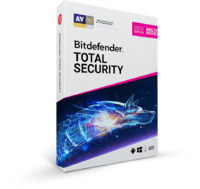To summarise
Due to the number of variables involved sticking to Freeview as an example. There is no possible to way know in advance how much space will be used to record your future recording schedule.
1 The Mux that is being used to record the content. THE PSB Mux by nature of the generally lower bitrate the encoders used will tend to make the recordings smaller.
2 Com muxes will tend to create larger recordings due to the lower efficiency of the encoders used.
3 In both cases the final recording size will depend on the dynamic nature of the content compared to the other channels carried on the same mux. (Stat muxing),
If you have a HD video camera, you can minimise the size of the final recording file by using two pass recording. This analyses the whole content in two passes so is able to predict in advance where a high or low bitrate is required.
Of course with live TV and multiple channels this is impossible.
All you can say is the technology will produce the smallest files possible giving the highest possible quality within the total bit-pool available on the MUX.
HD uses DVB-T2 modulation. A Mux using DVB-T2 has a higher total bitrate capability than one using DVB-T modulation.
The more advanced compression codec used for 4K H265 greatly increases the capacity of a Mux.
IP delivered 4K will use H265 compression.
If freeview could switch to H265 there would be a lot more space, but would require new receivers for most of us.
| Tue 21 May 2019 21:20:52
#8 |


